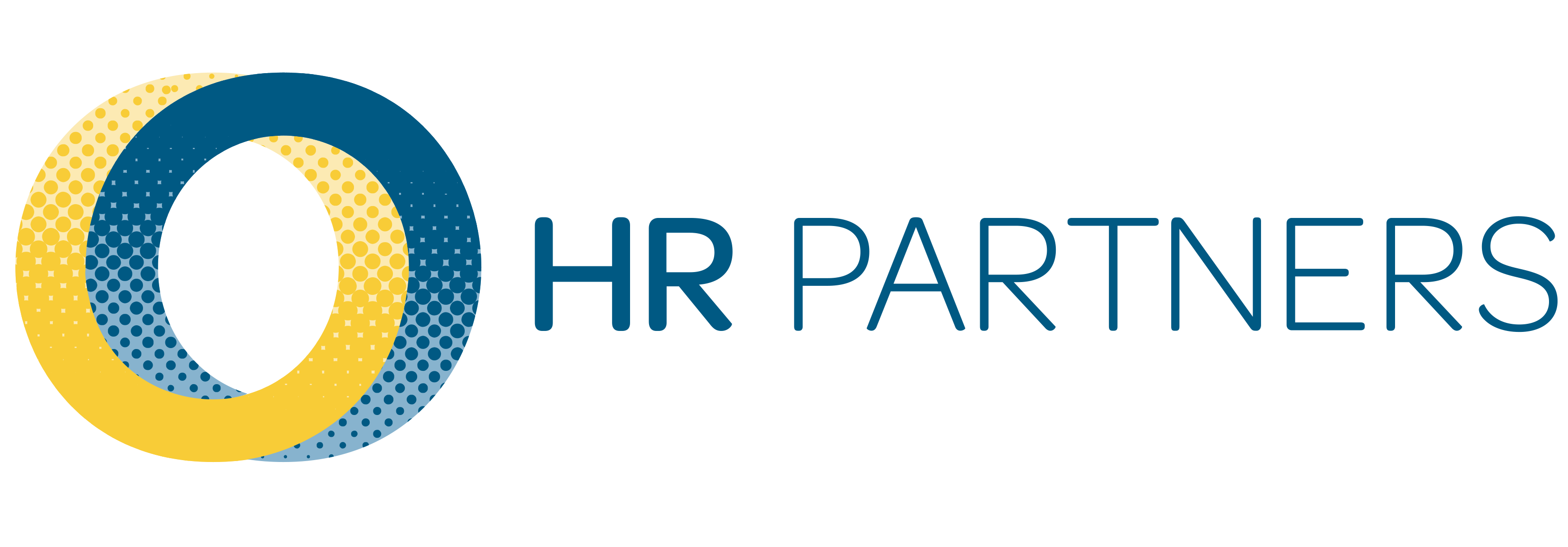Discover the power of tangible rewards and learn effective strategies to boost employee retention and attract new talent.

Understanding the Impact of Tangible Rewards
Tangible rewards have a significant impact on employee retention and recruitment. When employees receive tangible rewards in recognition of their hard work and achievements, it creates a sense of appreciation and motivates them to continue performing at their best. These rewards can be in the form of bonuses, gift cards, or even physical items like electronics or company-branded merchandise. The act of receiving a tangible reward reinforces the value of their contributions and makes employees feel valued and recognized.
Furthermore, tangible rewards also serve as a powerful recruitment tool. When potential candidates hear about the tangible rewards offered by a company, it piques their interest and makes them more likely to consider joining the organization. It showcases the company’s commitment to recognizing and rewarding its employees, which is an attractive quality for job seekers. By leveraging tangible rewards, companies can not only increase employee retention but also enhance their ability to attract top talent.
Effective Ways to Implement Tangible Rewards
Implementing tangible rewards effectively requires careful planning and consideration. Here are some strategies to help you make the most of your rewards program:
1. Clearly define the criteria for earning tangible rewards: It’s essential to establish transparent and fair guidelines for employees to earn tangible rewards. This ensures that the rewards are based on objective criteria and not subject to favoritism or bias.
2. Offer a variety of reward options: People have different preferences when it comes to rewards. Some may prefer cash bonuses, while others may appreciate experiences like vacations or special events. Providing a range of reward options allows employees to choose what motivates them most.
3. Tie rewards to specific achievements or milestones: Tangible rewards are most effective when they are tied to specific goals or accomplishments. This gives employees a clear target to work towards and enhances the sense of achievement when the reward is earned.
4. Communicate the rewards program effectively: Make sure employees are aware of the tangible rewards program and understand how it works. Regularly remind them of the rewards available and the criteria for earning them. This helps to keep the program top of mind and motivates employees to strive for the rewards.
By implementing these strategies, you can maximize the impact of tangible rewards on employee retention and recruitment.
Creative Tangible Rewards but Inexpensive for Employer
Implementing creative tangible rewards doesn’t have to break the bank. Here are some inexpensive yet impactful ideas:
1. Personalized thank-you notes: A handwritten note expressing appreciation for an employee’s hard work can go a long way. It shows that their efforts are noticed and valued.
2. Flexible work hours or remote work opportunities: Offering flexibility in work arrangements can be a highly desirable reward, especially for employees who value work-life balance.
3. Employee recognition programs: Implement a system where employees can recognize and appreciate their peers’ contributions. This fosters a positive work environment and allows employees to feel valued by their colleagues.
These creative tangible rewards may not require a large financial investment, but they can have a significant impact on employee satisfaction and retention.
Measuring the Success of Your Tangible Rewards Program
To ensure the effectiveness of your tangible rewards program, it’s important to establish metrics and measure its impact. Here are some key indicators to consider:
1. Employee satisfaction and engagement: Monitor employee satisfaction levels and engagement surveys to gauge the impact of the tangible rewards program. Higher satisfaction and engagement scores indicate that the program is contributing to a positive work environment.
2. Employee retention rates: Track the retention rates of employees who have received tangible rewards compared to those who have not. If the rewards program is successful, you should see higher retention rates among rewarded employees.
3. Recruitment success: Evaluate the impact of the tangible rewards program on your recruitment efforts. Measure the number of qualified applicants, the quality of candidates, and the time it takes to fill open positions. A successful rewards program should attract top talent and expedite the hiring process.
4. Employee feedback: Regularly seek feedback from employees about the tangible rewards program. This can be done through surveys, focus groups, or one-on-one discussions. Their input can provide valuable insights and help identify areas for improvement.
By measuring these key indicators, you can assess the success of your tangible rewards program and make data-driven decisions to optimize its impact.
Attracting Top Talent Through Tangible Rewards
Tangible rewards can be a powerful tool for attracting top talent to your organization. Here are some strategies to leverage tangible rewards for recruitment:
1. Highlight your rewards program in job postings: When advertising job openings, emphasize the tangible rewards offered by your company. This can help differentiate your organization from competitors and attract candidates who value recognition and appreciation.
2. Share success stories: Feature stories of employees who have been rewarded for their achievements on your company’s website or social media platforms. This showcases your commitment to recognizing and rewarding exceptional performance, making your organization more appealing to potential candidates.
3. Leverage employee testimonials: Encourage current employees to share their positive experiences with the tangible rewards program. Their testimonials can be used in recruitment materials to demonstrate the positive impact of the rewards program on employee satisfaction and motivation.
4. Offer referral incentives: Implement a referral program that rewards employees for referring qualified candidates. This not only incentivizes employees to actively participate in the recruitment process but also attracts candidates who are more likely to align with your company culture and values.
By effectively leveraging tangible rewards in your recruitment efforts, you can position your organization as an attractive destination for top talent.

